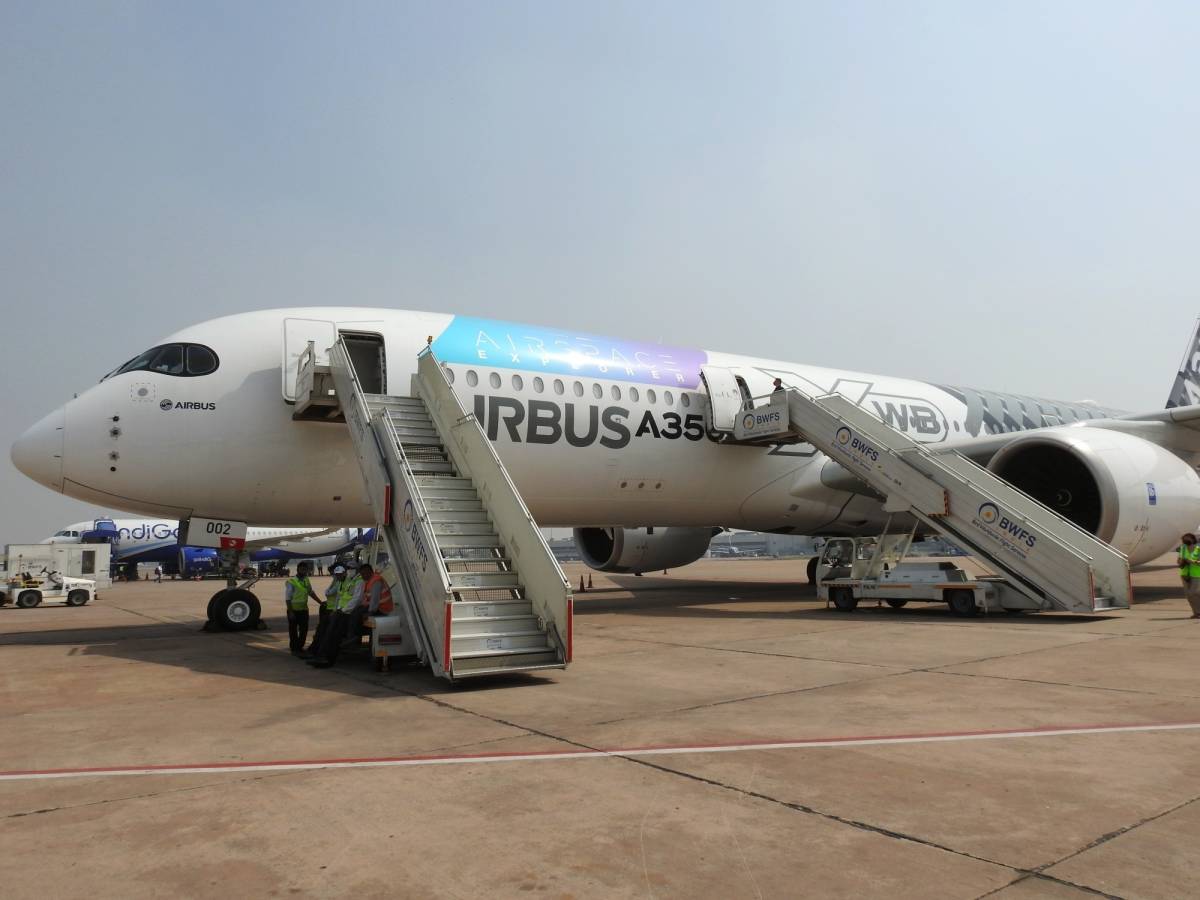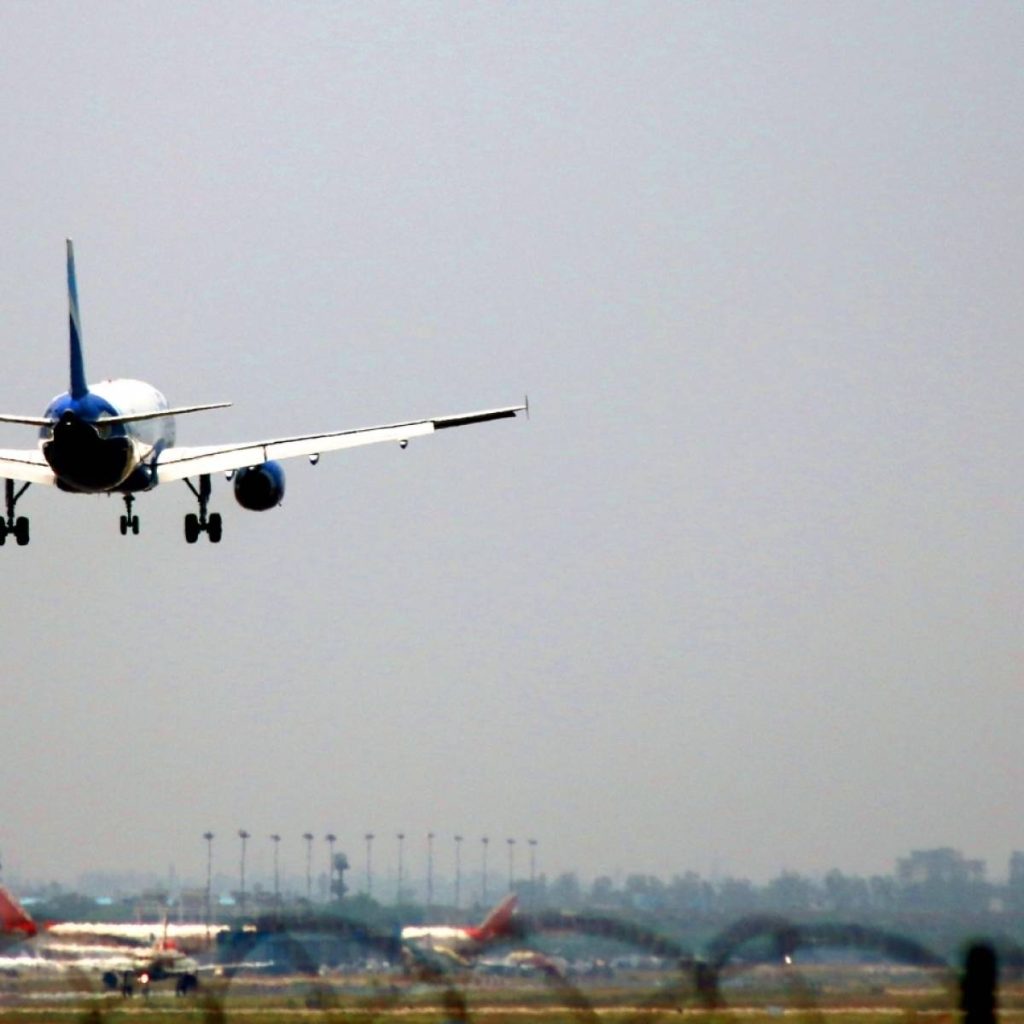Connectivity from all airports has improved. The air traffic movement from the state which was only 388 in 2014, has grown to 1,164, a 200 per cent increase…reports Asian Lite News
India’s air passenger traffic will triple to 42 crore by 2030, Civil Aviation Minister Jyotiraditya Scindia said here on Sunday.
“The air passenger traffic, which is 14.5 crore today, will grow to 42 crores by 2030 and civil aviation will become a foundation for transportation in the country,” he said after laying the foundation for a new terminal building at Rajahmundry Airport.
Scindia also stated that the capacity at six metro airports (Bengaluru, Delhi, Chennai, Kolkata, Mumbai and Hyderabad) which is 22 crore now, will go up to 42 crore in next five years.
The minister said during the last nine years, 12 new greenfield airports were added, taking the total number to 15. Next year, two new greenfield airports will be ready – one at Jewar next to Delhi and another in Navi Mumbai.
Scindia said the total number of airports, waterdromes and heliports will go up from 149 to 220 by 2030. He mentioned that since Independence, the country had developed only 74 airports but in the last nine years it added another 75 airports, waterdromes, and heliports.
The minister said in Andhra Pradesh, two new greenfield projects at Bhogapuram and Nellore and a waterdrome at Prakasam Barrage were coming up and he was monitoring the work on a monthly basis.
Scindia said Andhra Pradesh had four airports prior to 2014 but it now has two additional airports – Kurnool and Kadapa.
Connectivity from all airports has improved. The air traffic movement from the state which was only 388 in 2014, has grown to 1,164, a 200 per cent increase.
A total of 32 routes were operationalised under the UDAN scheme in Andhra Pradesh. Rajahmundry, which had only one connection in 2014, today has connectivity to three cities. Tirupati is today connected to 10 cities in the country, against just one in 2014. Vijayawada, which was connected to only Hyderabad and Bengaluru, is connected to eight cities in India and also Sharjah.
Visakhapatnam airport, which was connected to only nine cities in the country, is today connected to 14 cities and to Singapore. Kadapa airport, which was not in existence, is connected to four cities while Kurnool airport is connected to three cities.
To be built at a cost of Rs.350 crore, the new terminal at Rajahmundry Airport will have an area of 17,029 square metres, which will be four times the size of the existing terminal. It will also serve over 2,100 passengers during peak hours and 30 lakh passengers annually, which is nine times more than the current capacity of the terminal.
Scindia exuded confidence that this new era of connectivity will open up opportunities in local tourism, investment and agricultural trade. He noted that Rajahmundry has been the centre of heritage, culture and tradition for time immemorial and birth place of Telugu language.
This airport is spread over 1,200 acres with a runway of 3,165 meters that has the capability to land Boeing 377, and Airbus 321 planes. It has six parking bays and is connected to Chennai, Bengaluru and Hyderabad with 126 flight movements in a week.
With the completion of the new terminal, peak passenger load from the current 225 will go up to 2,100 passengers. There will be three aero bridges, modern connectivity, 28 check-in counters and sustainable features.
On Rajahmundry MP Bharat Margani’s demand for building a cargo terminal, he said once the new passenger terminal is built, the airport will get larger narrow-bodied aircraft.
“If there is demand for seafood and plantations for domestic trade, we will certainly think of setting up a cargo terminal,” he added. Andhra Pradesh’s Industries Minister Gudivada Amarnath, MP Margani, and BJP state President D. Purandeswari were also present.
ALSO READ-Sports Illustrated CEO Ross Levinsohn Fired Over AI Controversy


